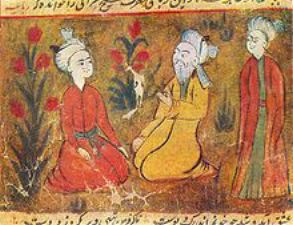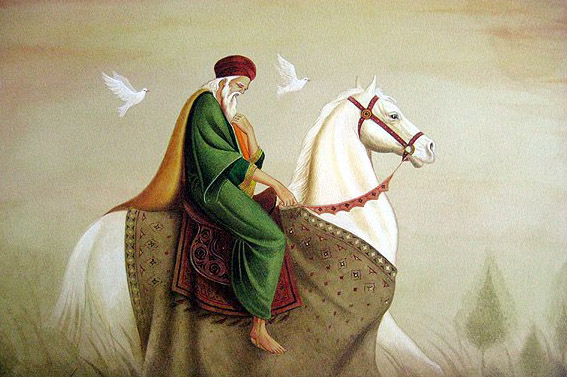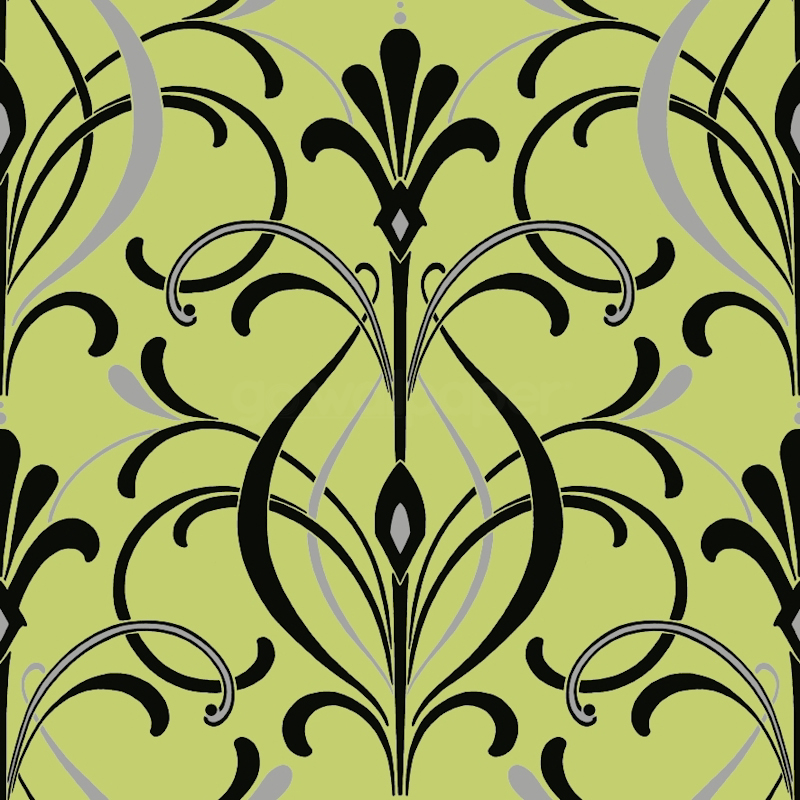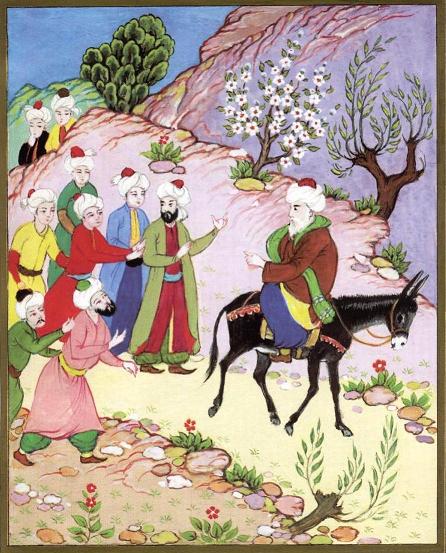
Once there was a city, the inhabitants of which were all blind. They had heard of elephants and were curious to see [sic] one face to face. They were still full of this desire when one day a caravan arrived and camped outside the city. There was an elephant in the caravan. When the inhabitants of the city heard there was an elephant in the caravan, the wisest and most intelligent men of the city decided to go out and see the elephant. A number of them left the city and went to the place where the elephant was. One stretched out his hands, grasped the elephant’s ear, and perceived something resembling a shield. This man decided that the elephant looked like a shield. Another stretched out his hands, grasped the elephant’s trunk, and perceived something resembling a club [‘amud]. This man decided that the elephant looked like a club. A third stretched out his hands, grasped the elephant’s leg, and perceived something like a pillar [`imad]. He decided that the elephant looked like a pillar. A fourth stretched his hands, grasped the elephant’s back, and perceived something like a seat [takht]. He decided that the elephant looked like a seat. Delighted, they all returned to the city. After e one had gone back to his quarter, the people asked: “Did see the elephant?” Each one answered yes. They asked: “What does he look like? What kind of shape has he?” Then one I in his quarter replied: “The elephant looks like a shield. And the second man in the second quarter: “The elephant looks like a club.” The third man in the third quarter: “The elephant looks like a pillar.” And the fourth man in fourth quarter: “The elephant looks like a seat.” And inhabitants of each quarter formed their opinion in accord; with what they had heard.
Now when the different conceptions came into contact with one another, it became evident that they were contradictory. Each blind man found fault with the next, and began to advance proofs in support of his own view and in confutation of the views of the others. They called these proofs rational and scriptural proofs. One said: “It is written in war the elephant is sent out ahead of the army. Consequently the elephant must be a kind of shield.” The second said: “It is written that in war the elephant hurls himself at the hostile army and that the hostile army is thereby shattered. Consequently the elephant must be a kind of club.” The said: “It is written that the elephant carries a weight thousand men and more without effort. Consequently the elephant must be a kind of pillar.” The fourth said: “It is written that so and so many people can sit in comfort on an elephant. Consequently the elephant must be a kind of seat.”





